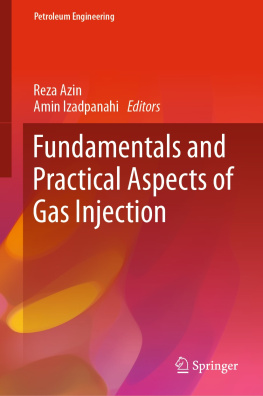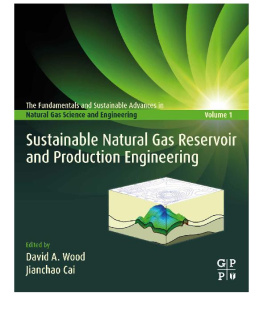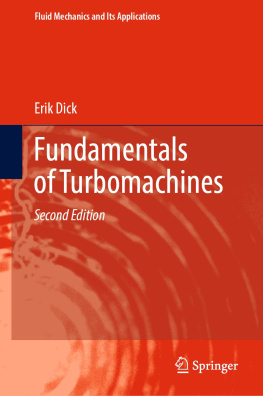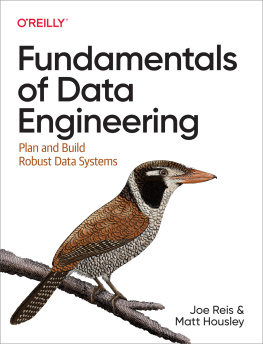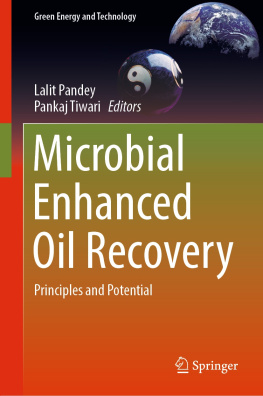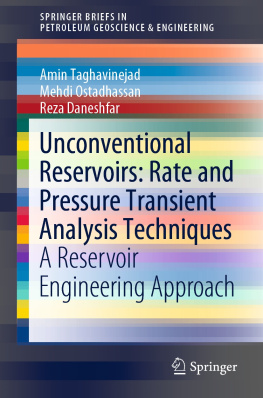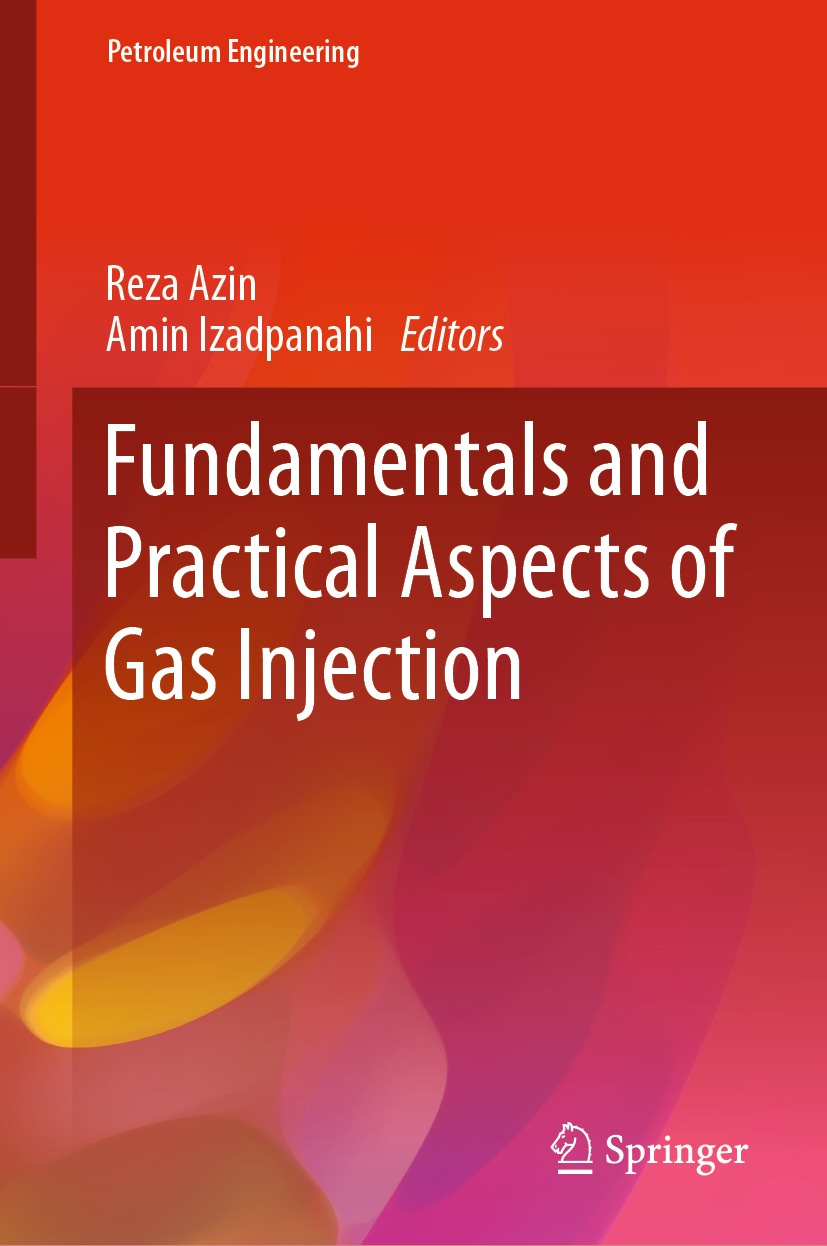Petroleum Engineering
Editor-in-Chief
Gbenga Oluyemi
Robert Gordon University, Aberdeen, Aberdeenshire, UK
Series Editors
Amirmasoud Kalantari-Dahaghi
Department of Petroleum Engineering, West Virginia University, Morgantown, WV, USA
Alireza Shahkarami
Department of Engineering, Saint Francis University, Loretto, PA, USA
Martin Fern
Department of Physics and Technology, University of Bergen, Bergen, Norway
The Springer series in Petroleum Engineering promotes and expedites the dissemination of new research results and tutorial views in the field of exploration and production. The series contains monographs, lecture notes, and edited volumes. The subject focus is on upstream petroleum engineering, and coverage extends to all theoretical and applied aspects of the field. Material on traditional drilling and more modern methods such as fracking is of interest, as are topics including but not limited to:
Contributions to the series can be made by submitting a proposal to the responsible publisher, Anthony Doyle at anthony.doyle@springer.com or the Academic Series Editor, Dr. Gbenga Oluyemi g.f.oluyemi@rgu.ac.uk .
More information about this series at http://www.springer.com/series/15095
Editors
Reza Azin and Amin Izadpanahi
Fundamentals and Practical Aspects of Gas Injection
1st ed. 2022

Logo of the publisher
Editors
Reza Azin
Petroleum Engineering, Persian Gulf University, Bushehr, Iran
Amin Izadpanahi
Oil and Gas Research Center, Persian Gulf University, Bushehr, Iran
ISSN 2366-2646 e-ISSN 2366-2654
Petroleum Engineering
ISBN 978-3-030-77199-7 e-ISBN 978-3-030-77200-0
https://doi.org/10.1007/978-3-030-77200-0
The Editor(s) (if applicable) and The Author(s), under exclusive license to Springer Nature Switzerland AG 2022
This work is subject to copyright. All rights are solely and exclusively licensed by the Publisher, whether the whole or part of the material is concerned, specifically the rights of translation, reprinting, reuse of illustrations, recitation, broadcasting, reproduction on microfilms or in any other physical way, and transmission or information storage and retrieval, electronic adaptation, computer software, or by similar or dissimilar methodology now known or hereafter developed.
The use of general descriptive names, registered names, trademarks, service marks, etc. in this publication does not imply, even in the absence of a specific statement, that such names are exempt from the relevant protective laws and regulations and therefore free for general use.
The publisher, the authors and the editors are safe to assume that the advice and information in this book are believed to be true and accurate at the date of publication. Neither the publisher nor the authors or the editors give a warranty, expressed or implied, with respect to the material contained herein or for any errors or omissions that may have been made. The publisher remains neutral with regard to jurisdictional claims in published maps and institutional affiliations.
This Springer imprint is published by the registered company Springer Nature Switzerland AG
The registered company address is: Gewerbestrasse 11, 6330 Cham, Switzerland
Preface
Gas injection has been used as a means of pressure maintenance in the secondary oil recovery and in the tertiary oil recovery as Enhanced Oil Recovery (EOR) techniques. The concept and operation of gas injection started nearly two decades after industrial oil production in the nineteenth century when the operators faced with the pressure decline in the reservoir and found the produced gas as an abundant source to reinject and overcome the problem. Many field cases used various injecting gases, ranging from non-hydrocarbon to hydrocarbon, lean to enriched, or immiscible to miscible. The operating conditions vary from one case to another, depending on the geological conditions of the reservoir, its rock and fluid properties, and the availability of gas sources to inject. The objective of gas injection may also be different from one project to another. This book reviews some of the applications of gas injection and combines the new features as well as some key challenges associated with gas injection.
The book is organized into ten chapters. Chapter deals with capillary trapping in porous media. The concepts, types, models, and correlations for phase trapping are presented and discussed in this chapter. References are added at the end of each chapter. Also, some chapters contain useful information as appendix. In preparing the contents of this book, more than one thousand references were reviewed comprehensively. Also, many chapters include worked examples to make a clear content and field application
Reza Azin
Amin Izadpanahi
Bushehr, Iran
March 2021
Acknowledgements
A number of scientists, professors, and industrial experts contributed to the chapters of this book. These include Prof. Mahmood Moshfeghian, Prof. Shahriar Osfouri, Dr. Ahmad Jamili, Dr. Ali Ranjbar, Dr. Alireza Shahkarami, Dr. Mohamad Mohamadi-Baghmolaei, Ahmad Banafi, Amin Izadpanahi, Fatemeh Kazemi, Parviz Zahedizadeh, and Pooya Aghaee Shabankareh. Also, the authors visited several oil and gas injection and production facilities and had technical meetings with industrial experts to get better insight into details of gas injection operations. Id like to acknowledge Reza Heidari, Mohammad Abdali, and Dr. Hamid Khedri and appreciate their technical support and valuable suggestions.
Reza Azin
Contents
Reza Azin , Amin Izadpanahi and Alireza Shahkarami
Reza Azin , Amin Izadpanahi and Shahriar Osfouri
Reza Azin , Amin Izadpanahi and Parviz Zahedizadeh
Reza Azin and Amin Izadpanahi
Ahmad Jamili , Amin Izadpanahi , Pooya Aghaee Shabankareh and Reza Azin
Reza Azin , Amin Izadpanahi and Mohamad Mohamadi-Baghmolaei
Reza Azin and Ahmad Banafi
Amin Izadpanahi and Reza Azin
Reza Azin , Amin Izadpanahi and Ali Ranjbar
Fatemeh Kazemi , Reza Azin and Shahriar Osfouri

